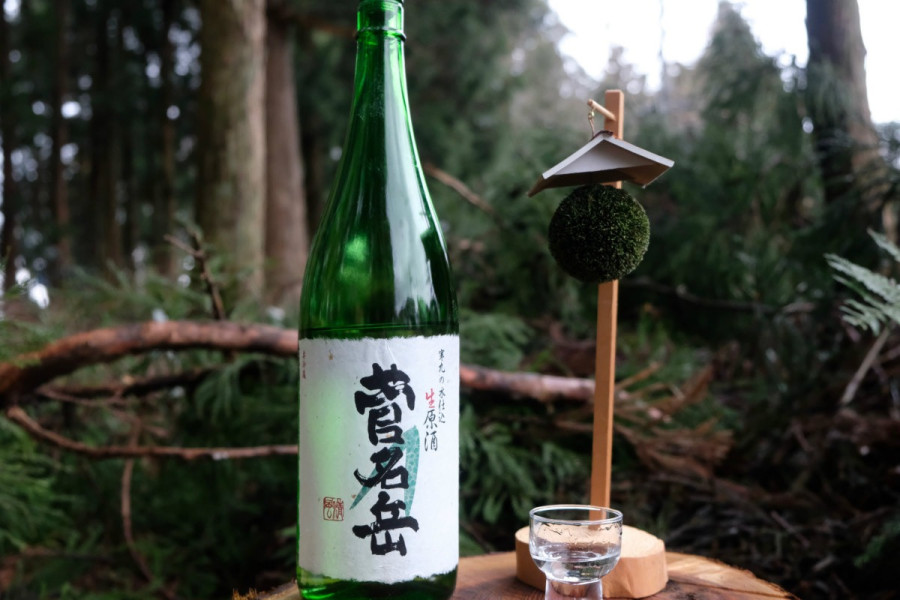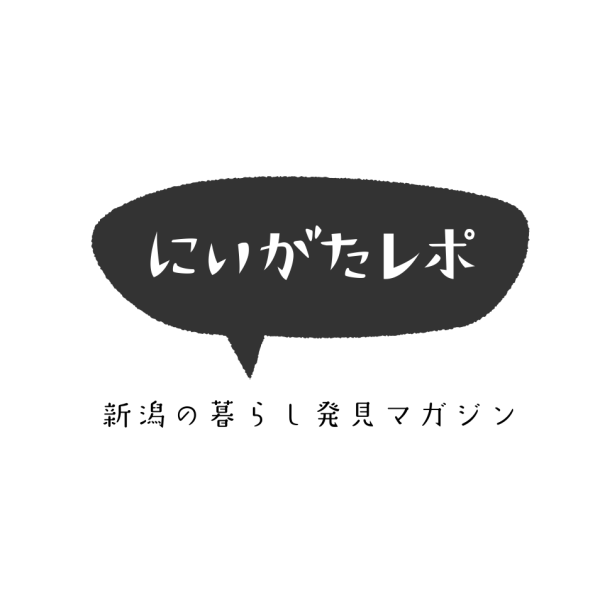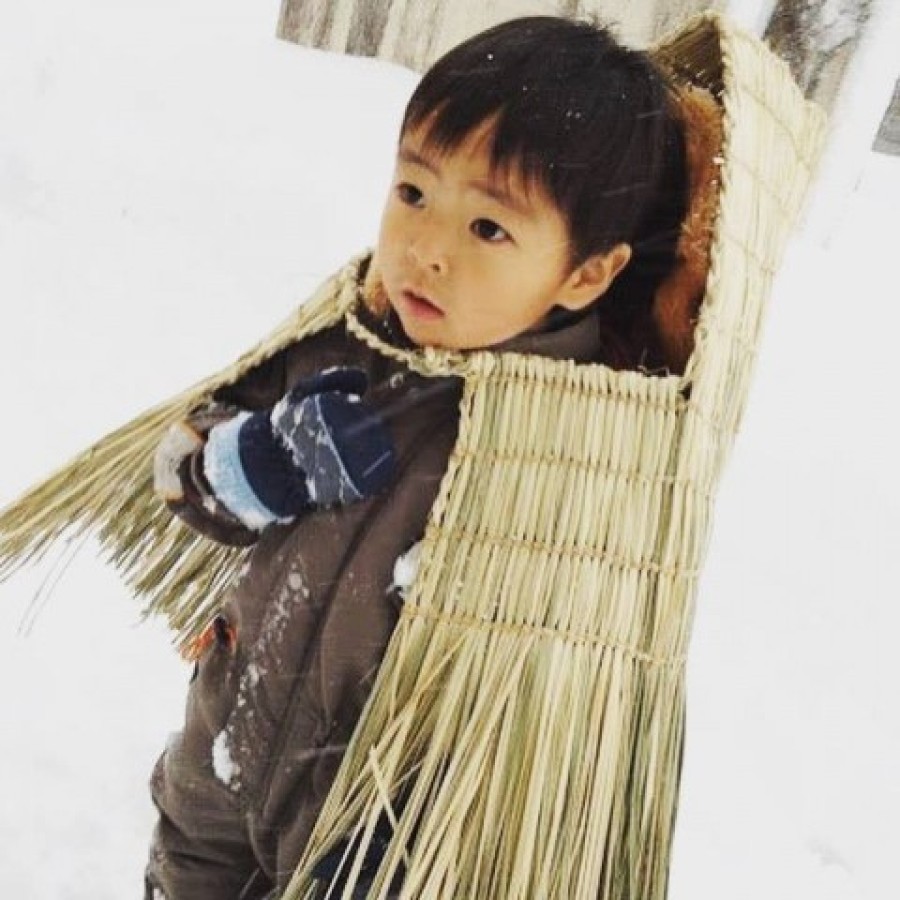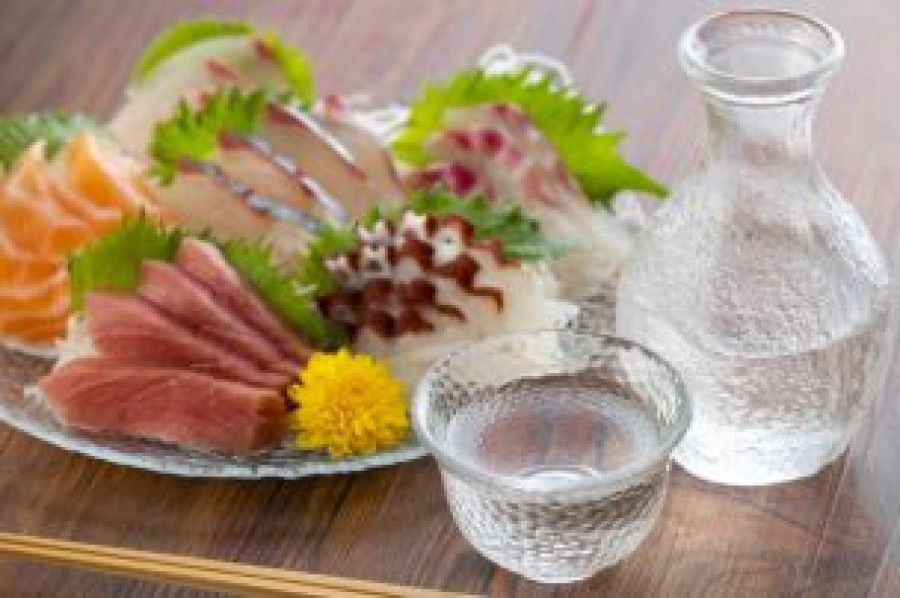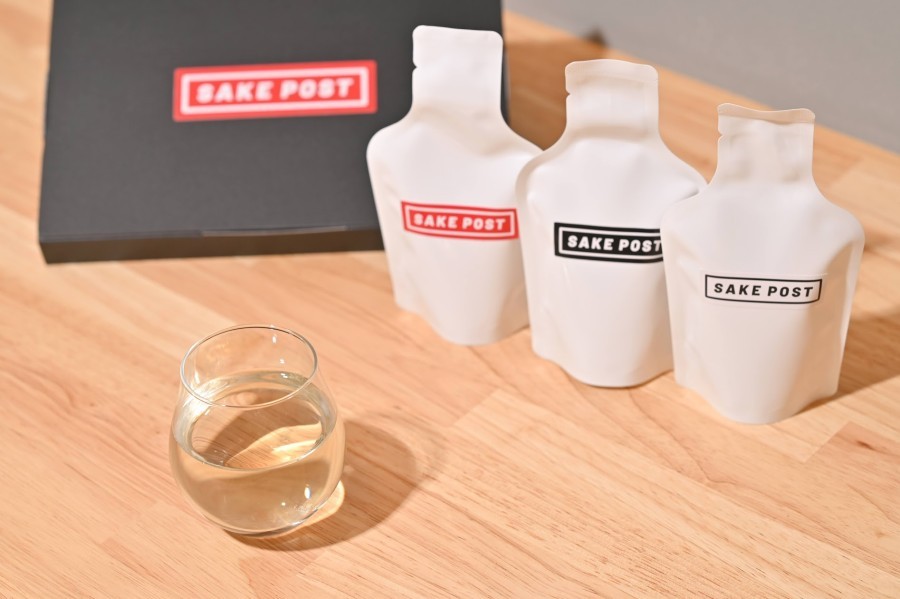Niigata Prefecture is said to have the highest number of sake breweries in Japan with 88 (as of April 2020). Sake breweries have been producing their own unique sake in various regions since ancient times. In this major production area, there is a sake brewery that goes out of its way to fetch fresh water deep in the mountains and grows its own sake rice in pursuit of sake quality.
It is the Kondo Sake Brewery Co Ltd ("Kondo Sake Brewery"), which has been brewing sake in Gosen City, Niigata Prefecture, for more than 150 years. Gosen City, which stretches at the foot of Mount Sugana, is blessed with an abundance of water, as the name of the area says, with five springs.
'I want to use this abundance of water and rice to make real sake.'
This is how Shinichi Kondo, President of Kondo Sake Brewery, describes the company. We caught up with Kondo Sake Brewery, which is taking on the challenges of brewing sake that makes the most of Gosen's natural environment, training brewers and making friends, one after another.
Shinichi Kondo, Representative Director
The Kondo Sake Brewery was founded in 1865 (Keio 1), at the end of the Edo period. Three years later, in 1868, the Echigo Sake Brewer's History, which records sake breweries, mentions that there were six breweries in Yoshizawa in Gosen, indicating that sake brewing was active in the area.
In other words, Gosen was a town where sake brewing flourished. The reason for this, according to President Kondo, was "high quality water, rice and workers".
In search of the best water for sake brewing, with low iron content.
Currently, every year, on the ninth day after the onset of cold weather, Kondo Sake Brewery goes to Dopparashimizu on Suganadake to fetch the water needed for sake brewing, with more than 200 participants. The water is then used to make the famous sake Suganadake.
Many people now take part, but it all started in 1992 (Heisei 4) when they attended a marketing course organised by the Niigata Brewers Association.
Looking back on those days, the president said.
When I thought about the meaning of making sake in Gosen, I knew I wanted to focus on water. At that time, the then mayor of Gosen (the late Mr. Juichiro Hayashi) told me about the fresh water from the body of Suganadake. I immediately went to fetch some water and found that the water was soft and good for sake brewing. The head of the post office in Shimo-machi, Gosen City at the time told me that there was a legend that it was good to draw water on the ninth day after the onset of cold weather, known as "Kan-no-Ku no Hi". So, in 1992, a total of nine people - seven brewers and sales staff from that time, and two young people from a sake shop in the town - went to fetch the water," he says.
This water was immediately used to brew sake, resulting in a clear, crisp-tasting sake. It is said that the lower the iron content of the water, the better for sake brewing. This is because high iron content makes the sake more susceptible to deterioration. While the iron content of plain well water is 0.01 ppm, the iron content of fresh water is 0.002 ppm, an order of magnitude lower.
Because of these advantages, the 'Kanku water fetching' became an annual in-house event. As usual, employees went to fetch water, and in the third year, six members of a rescue team from the former Kyogase Village (now Agano City) Fire Department jumped in to join the event. The head of the Gosen bureau of the Niigata Nippo newspaper, who was watching the event, suggested that they should recruit participants from the general public. The following year, the event began to be open to the public.
At first, a whopping 80 people were recruited! In the following years, the number gradually increased to 120, then 240... and in 2020, despite the event being held on a weekday, a Tuesday, 232 people turned up. As the festival is held on the ninth day after the onset of cold weather, it is not possible to adjust the schedule, but when the festival is held on a Saturday or Sunday, as many as 300-400 participants gather. For the participants, it is not just about being able to take part in the sake-making process. As a bonus, they are the first to get their hands on the new sake. This advantage is also a secret of its popularity. It is said that many repeat visitors come every year.
Thus, the Kondo Brewery's speciality 'Kanku no mizukumi' became recognised by the public.
advertisement
Sake rice grown in Gosen is used to brew sake.
When it came to water, Kondo Sake Brewery decided to start growing its own rice in order to focus on the other raw material, rice. This was triggered by the mad cow disease issue, which became a worldwide topic in 2002.
At the time, 'traceability', which clarifies all processes from cultivation and rearing to processing, manufacturing and distribution in order to demonstrate food safety, became a hot topic. Kondo Brewery wanted to establish a system to disclose the cultivation history of rice in the same way, and decided to start growing its own rice the following year. The company rented rice paddies with no owner and started growing sake rice at the foot of the mountain.
They learnt how to grow seedlings, plant rice and harvest rice through trial and error from a teacher at the Niigata Agricultural Extension Centre. From 2003 to 2005, the rice was grown as 'Gohyakumangoku', and from 2006 onwards as 'Koshitanrei', which has the highest sake brewing characteristics of all sake rice.
We are getting closer to a sake that we are satisfied with since we started drawing water and growing rice in the cold nine. So the next step is brewing. We have changed to the stage of being conscious of the training of the brewers.
Training of brewers to make the most of high-quality water and rice.
In the old days, when it was time to make sake, the Echigo Toji would send a group of about 10 people to each brewery, sleep over and make sake, and return home when they were finished. There was a time when sake brewing was carried out in the form of migrant workers specialising in sake brewing.
However, as times changed, there were gradually fewer and fewer brewers in Nozumi, and breweries began to have trouble making sake. This is where the Niigata Sake Brewers' Association rose to the occasion.
In 1984 (Showa 59), the Niigata Sake School was established to train brewers in sake brewing techniques. Only those recommended by the brewery are allowed to enter the school and attend classes once or twice a month for three years while working at the brewery as a regular employee.
▲ Practical training at the site (image courtesy of the Niigata Brewers Association).
Although it is a class, there is no school building, but rather practical lectures are held at the Niigata Brewery Testing Laboratory and the Brewers' Association. The lecturers are all researchers from the brewing laboratory, brewery managers and brewing technicians who are active on the front line. The sake brewers' association took the initiative to start training successors, in order to share Niigata's unique teaching methods and techniques with everyone.
Kondo Sake Brewery also conducted a brewery tour (image courtesy of the Niigata Sake Brewers Association).
Kondo Sake Brewery has also benefited from this, "Three out of four of our brewers have graduated from sake brewery school, and one of them is working as a toji (master brewer). The president of the brewery occasionally smiles as he tells us, "As a brewery, we are grateful to have such good opportunities for the training of brewers, as it is currently a challenge to train brewers.
Niigata is the only prefecture in the world where such a sake school continues. It is said that more than half of the brewers at the 88 breweries are now graduates of the Niigata Sake School.
Make friends who understand the benefits of your particular drink.
Water, rice and brewers. The conditions for producing good sake have improved and the quality of sake has risen. However, the brewery's job is not just to make sake. Building relationships with sake retailers in order to deliver the sake is another important job of the brewery.
'Breweries are the point of contact for communicating value. We want to have a relationship with a place that understands what the brewery is saying and communicates it to the consumer".
Representative brands of Kondo Shuzo. From left to right: Suganadake Ikku Special Junmai Shu, 1,834 yen (720ml) including tax, Suganadake Nama Genjyu, 1,628 yen (720ml) including tax, Suganadake Daiginjo, 3,960 yen (720ml) including tax.
As the president explains, the company distributes its products only to sake retailers who are able to convey the quality of the sake produced by the Kondo Sake Brewery to consumers.
The Echigo Izumiyama Association was born out of this situation, which brings together sake retailers who sign contracts with the company. The organisation was formed when the company started drawing water from the Kanku in 1992, and currently has 57 members in the prefecture. They are all people who share Kondo Brewery's passion for materials and human resource development.
Small breweries like ours are helped by the sake retailers who can explain good sake and convey the brewery's thoughts. We want to continue our relationship with them. Even from the outside, it is obvious that the sake dealers adore Kondo Sake Brewery, as evidenced by the water pumping at Kanku and the sake forest cultivation that will be introduced next.
▲Water pumping in Kanku with the participation of the Echigo-Senzankai.
Together with the members of the Echigo-Senzankai, a Sakabayashi making event is held every February, just before the new sake is made.
Sake-bayashi, also known as cedar balls, are displayed at the eaves of breweries when new sake is made. When decorated, the cedar gradually withers away, and the change is said to indicate the maturity of the new sake.
Kondo Shuzo and members of the Echigo Izumiyama Kai planned to create their own sake forest to teach themselves how to mature such new sake. First, they went to Gunma to learn how to make them. Then, they set up a system whereby anyone could participate, gathering participants from the general public to decorate not only the sake brewery but also the sake shops.
'If we understand that they are going through this much hardship by participating in things like fetching water, we can tell them, and if we also make sake-bayashi, we can understand that they are trying to appeal to people with this. The Echigo-Senzankai wants to be a group that understands this and creates value together.
What is the process of making sake forests from cedar?
So how are sake forests made? Let's take a look at how sake forests are made.
The 2020 event took place on Thursday 20 February near a cedar forest in Gosen City.
First, wires are tied to iron rods stretched across the side to create a sake forest. Then, the leaves and branches of the felled cedar trees are piled up little by little.
Large and small branches are piled up at a time to make a rough shape. When the approximate size is made, the wire is stopped tightly and the ball is now made with pruning shears so that it is round.
At this point, it will be the size you have seen. Finally, trim any overhangs etc. and remove the wire from the bars and you are finished.
Breweries and sake retailers display them in front of their shops to inform customers about the completion of the new sake and how well it has matured. Of course, the general public is welcome to participate; they hold this event every year, so if you are interested, please contact them in January.
Real sake brings people together. That's why we keep making sake.
'We were quite cautious when it came to overseas expansion,' President Kondo begins.
'I was very apprehensive about how sake would get across. But when I went to Singapore a few years ago with the Niigata Sake Brewers Association, I was told by Japanese expatriates that they wanted to drink more of this good sake. I want you to keep bringing it out more and more.'
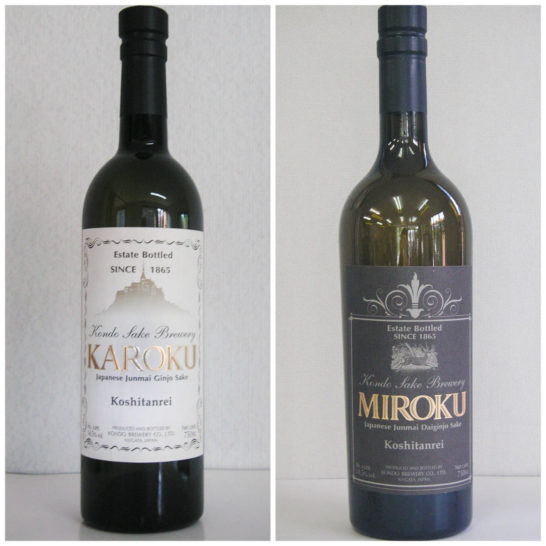
The president's thinking changed when he realised that even overseas, there are people who understand and enjoy good sake. He developed KAROKU, a sake in a wine-shaped bottle that goes well with French cuisine, and MIROKU, a sake that goes well with venison, which is widely distributed on the west coast of the USA. Although the growth was sluggish, buyers at Isetan Mitsukoshi liked them and they are now used in Italian and French restaurants in Japan. The president's eyes are looking to the future, not just to keep on making moves in the dark, but to increase the number of fans who become attached to the company.
This is in line with the president's idea of the role of sake: 'Sake is a Japanese material'.
'When I thought about the role of sake, I thought it could be a 'talking piece' and a 'harmony-giving piece'. Sake has a gesture called 'shimashitsu shimashitsu', which is a gesture that brings people together. This is an act of harmonising people and deepening mutual understanding. Good sake brings good people together. Good sake brings people together."
Real sake brings people together. For this reason, President Kondo says his mission is to continue making real sake. He is committed to water, rice, human resources and making friends, and has even started to think about the next role of sake. However, the goal is still far from reached. Kondo Sake Brewery's challenges will continue in the future.
enquiry
Kondo Brewery Co.
○ Address: 2-3-50, Yoshizawa, Gosen-shi, Gosen
○TEL: 0250-43-3187
advertisement


